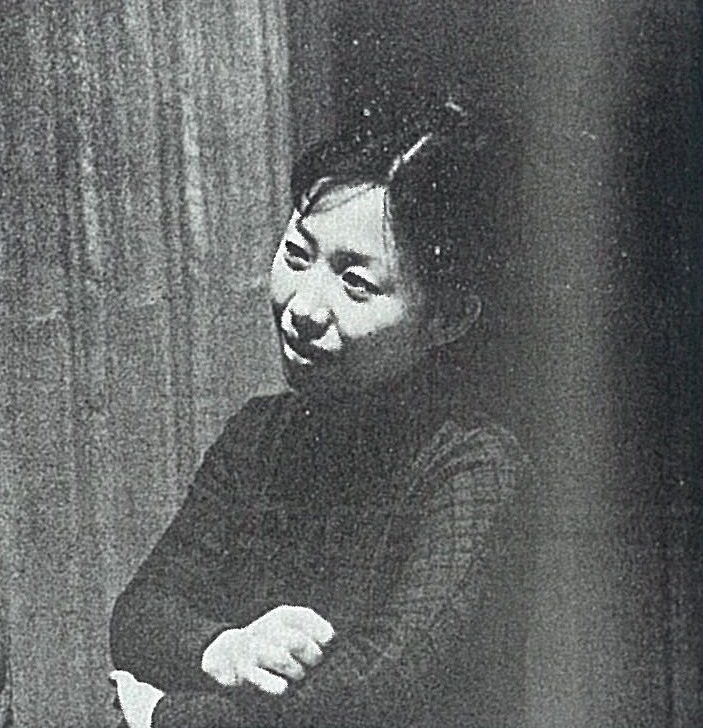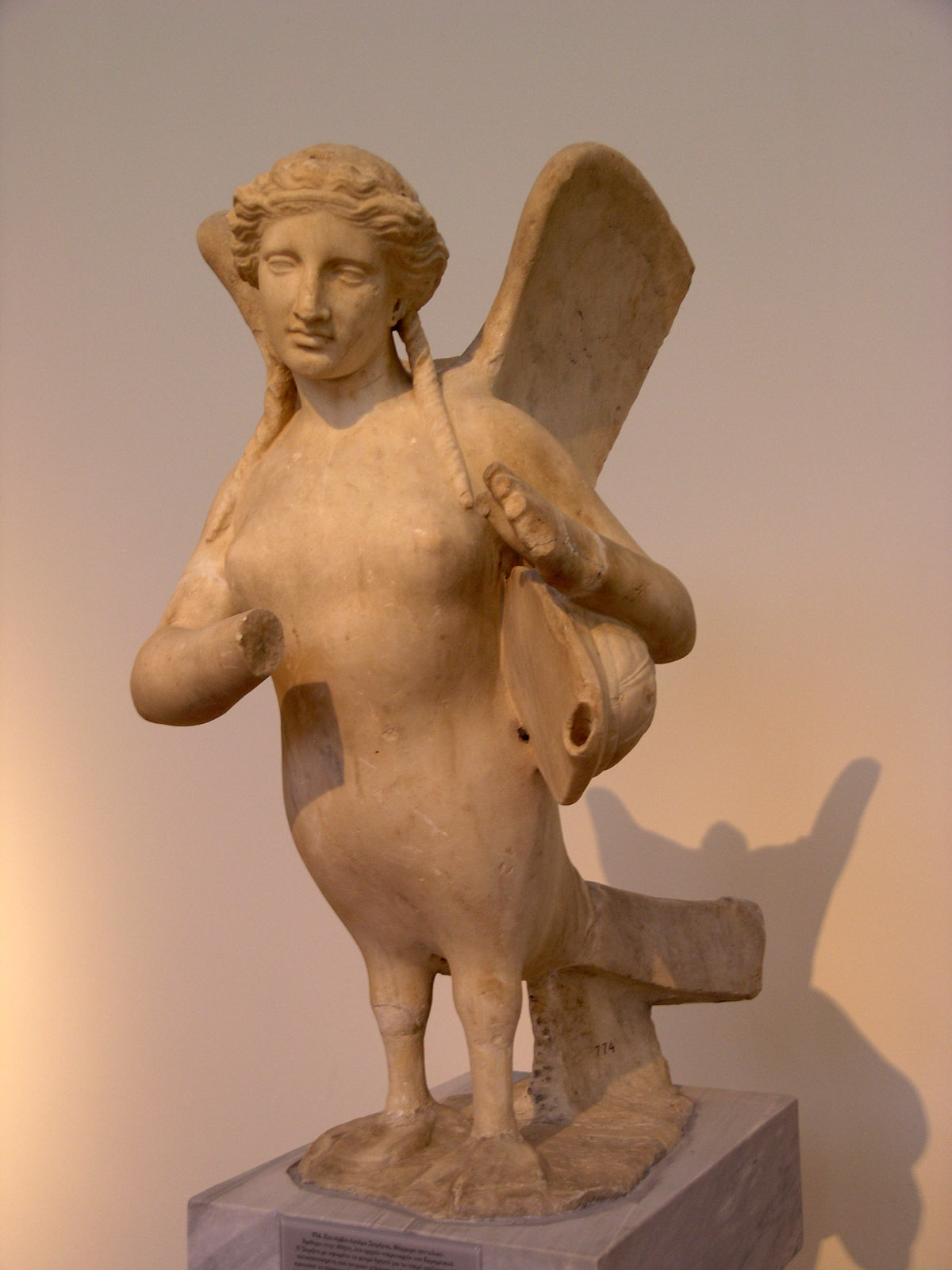|
A Thousand And One Nights (1969 Film)
is a 1969 Japanese adult animated fantasy film directed by Eiichi Yamamoto, conceived by Osamu Tezuka. The film is the first part of Mushi Production's adult-oriented ''Animerama'' trilogy, and was followed by ''Cleopatra'' (1970) and ''Belladonna of Sadness'' (1973). The film was a hit in Japan with distribution box-office revenue of ¥290 million, but was largely ignored outside of the domestic market, receiving a limited release in the US. The English dubbed of the film was considered lost until anime distributor Discotek Media discovered and restored the English dub, releasing it on Blu-ray alongside the original Japanese version on 24 November 2020. The English-dubbed version was cut to 100 minutes and was recorded in Italy. The film predates the more successful release of ''Fritz the Cat'', the first American X-rated animated film, by three years. Plot Aldin, a poor, traveling water seller, falls in love with Miriam, a beautiful slave woman on auction in Baghdad, but Hav ... [...More Info...] [...Related Items...] OR: [Wikipedia] [Google] [Baidu] |
Film Poster
A film poster is a poster used to promote and advertise a film primarily to persuade paying customers into a theater to see it. Studios often print several posters that vary in size and content for various domestic and international markets. They normally contain an image with text. Today's posters often feature printed likenesses of the main actors. Prior to the 1980s, illustrations instead of photos were far more common. The text on film posters usually contains the film title in large lettering and often the names of the main actors. It may also include a tagline, the name of the director, names of characters, the release date, and other pertinent details to inform prospective viewers about the film. Film posters are often displayed inside and on the outside of movie theaters, and elsewhere on the street or in shops. The same images appear in the film exhibitor's pressbook and may also be used on websites, DVD (and historically VHS) packaging, flyers, advertisements in newspap ... [...More Info...] [...Related Items...] OR: [Wikipedia] [Google] [Baidu] |
Discotek Media
Discotek Media is an American entertainment company based in Altamonte Springs, Florida, focused on distribution and licensing Japanese anime, films, and television series. Formed in 2005, Discotek primarily focuses on licensing retro titles from the 1970s, 1980s, and 1990s, a lot of them "license rescued" from other companies such as Funimation, Viz Media, ADV Films, Bandai Entertainment, Geneon, Manga Entertainment, etc. Their licenses include most of the ''Lupin the Third'' franchise (including the Hayao Miyazaki film ''The Castle of Cagliostro''), the first season of '' Digimon'', ''Fist of the North Star'', ''Sonic X'', '' Hajime no Ippo'', ''Urusei Yatsura'', ''Galaxy Express 999'', and ''Bobobo-bo Bo-bobo'', as well as OVAs such as ''Giant Robo'' and ''Gunbuster'' and films such as ''Memories'' and ''Project A-ko''. The company has also acquired several recent titles and has collaborated with streaming service Crunchyroll on several releases including ''KonoSuba'', ''Kem ... [...More Info...] [...Related Items...] OR: [Wikipedia] [Google] [Baidu] |
Asao Koike
was a Japanese actor. He is most famous for playing yakuza roles. He is also known as voice actor. In 1950, he joined the Bungakuza Theatre Company. In 1963, he left the Bungakuza Theatre Company and established the Kumo Theatre Company. He appeared in more than 120 films. Filmography Films *''Throne of Blood'' (1957) - Tsuzuki soldier *''Nusumareta yokujô'' (1958) *''Anyakôro'' (1959) - Mizutani *''Kenju no okite'' (1960) *''Kuroi gashû: Aru sarariman no shôgen'' (1960) *''Taiyô no hakaba'' (1960) - Black Glasses *''Banana'' (1960) *''Happiness of Us Alone'' (1961) *''Minami no kaze to nami'' (1961) - Mineo Koike *''Wakarete ikiru toki mo'' (1961) *''Netsuai sha'' (1961) - Tomonari *''Akitsu Springs'' (1962) - Osaki *''Ao beka monogatari'' (1962) *''Nikui an-chikushô'' (1962) - Toshio Kosaka *''Namida o shishi no tategami ni'' (1962) - Gen, the big man *''Hitoribotchi no futari daga'' (1962) - Utsumi *''Kiri no yoru no otoko'' (1962) *''Dorodarake no junjô'' (1963) - Hana ... [...More Info...] [...Related Items...] OR: [Wikipedia] [Google] [Baidu] |
Ted Rusoff
Ted Rusoff (May 20, 1939 – September 28, 2013) was a Canadian voiceover artist, actor, vocal coach, and translator specializing in the adaptation and translation from and into various languages of synchronized dialogue for the dubbing of films and cartoons. Highly prolific with over 100 credits to his name, Rusoff is best remembered for his work adapting and performing English-language dialogue for countless Italian genre films. As an actor, he had appeared in more than 70 films. Fluent in many languages, he is often called upon for work as language/accent/dialogue consultant for dubbings, theater, and cinema. He has worked many times as a stage-director for regular plays and as stage-director and music-coach for opera in houses in Marseilles, Copenhagen, Munich, Prague, Riga, Montivideo, Tokyo, Auckland, and elsewhere. He has been active as a choral director, known for his "Liebslieder Waltzes" and other choral masterpieces by Brahms, as well as the music of composers of the ... [...More Info...] [...Related Items...] OR: [Wikipedia] [Google] [Baidu] |
Carolyn De Fonseca
Carolyn De Fonseca (25 May 1929 – May 2009) was an American actress based in Rome. She worked extensively as a voice actress for the English-language dubbing of several hundred foreign (mostly Italian) films from the early 1960s and onwards. She was also the wife of actor/voice dubber Ted Rusoff, with whom she frequently worked. She died in 2009. Career De Fonseca first came to Rome in the early 1960s and tried to make a career for herself as an actress. She played a small role in the acclaimed ''A Difficult Life'' (1961), directed by Dino Risi, and had a supporting role as Chloe, the love potion maker, in the sword and sandal film ''Damon and Pythias'' (1962). She also had bit part roles in some big productions that did shooting in Italy, such as ''Barabbas'' (1961) and ''The Pink Panther'' (1963). She never really found much success as an actress but she quickly became a prolific and successful voice dubbing artist. Some of her earliest dubbing work were in the peplum films '' ... [...More Info...] [...Related Items...] OR: [Wikipedia] [Google] [Baidu] |
Haruko Kato
was a Japanese actress. Biography Haruko Kato was born in Akasaka, Minato, Tokyo, on 24 November 1922. After training at acting school, she was signed up with the film production company Toho in 1939, debuting in ' in the same year. She married the playwright in 1946, but he died in 1953. She married actor in 1958, but they divorced in 1973. Kato died on 2 November 2015 at her home in Tokyo, aged 92. Filmography Films * ''Higashi Shinakai'' (1968) * ''Something Like It'' (1981), Yumi's mother * '' Gray Sunset'' (1985), Kikuyo Takano * ''Capone Cries a Lot'' (1985) * ''Gonza the Spearman'' (1986) * ''Tokyo Blackout'' (1987) * ''Kiki's Delivery Service'' (1989), Madame (voice) * ''Pistol Opera'' (2001) * ''Blooming Again'' (2004) * ''Howl's Moving Castle'' (2004), Madame Suliman (voice) * ''Chameleon'' (2008) * '' Still Walking'' (2008) * '' About Her Brother'' (2010) Television * ''Ashura no Gotoku (TV series)'' (1979,1980) * ''Ōoku'' (1983) * ''Furuhata Ninzaburō'' (1996 ... [...More Info...] [...Related Items...] OR: [Wikipedia] [Google] [Baidu] |
Isao Hashizume
is a Japanese actor. He also worked as a narrator for documentaries, both on television and film. He trained as an actor at Bungakuza. 週刊現代6月5日号「私の地図」第485回 p84-86 Selected filmography Film Television Awards and honours ;Awards ;Honours References External links Official profile * 1941 births Living people Japanese male film actors Recipients of the Order of the Rising Sun, 4th class {{Japan-film-actor-stub ... [...More Info...] [...Related Items...] OR: [Wikipedia] [Google] [Baidu] |
Kyōko Kishida
was a Japanese actress, voice actress, and writer of children's books. Career Kishida became an actress in 1950, and starred in a Yukio Mishima production of the 1960 film '' Salome''. Her film and television drama credits number in the hundreds. Among them are four Taiga drama series on NHK television, with roles such as Aguri (the wife of Asano Naganori and Yodo-Dono (the wife of Toyotomi Hideyoshi). She appeared in various roles, including acting and narrating, in various ''Ōoku'' series on television. In the series ''Gokenin Zankurō'', she portrayed the mother of the title character (played by Ken Watanabe), and narrated a ''Lone Wolf and Cub'' television series. Kishida's film credits include Yasujirō Ozu's ''An Autumn Afternoon'' (1962), ''The Broken Commandment'' (based on a novel by Shimazaki Toson), Hiroshi Teshigahara's ''Woman in the Dunes'' (1964) and ''The Face of Another'' (1966) (both from novels by Kōbō Abe), Yasuzo Masumura's '' Manji'' (1964) (based on a n ... [...More Info...] [...Related Items...] OR: [Wikipedia] [Google] [Baidu] |
Djinn
Jinn ( ar, , ') – also romanized as djinn or anglicized as genies (with the broader meaning of spirit or demon, depending on sources) – are invisible creatures in early pre-Islamic Arabian religious systems and later in Islamic mythology and theology. Like humans, they are accountable for their deeds, can be either believers (''Muslim'') or unbelievers (''kafir''); depending on whether they accept God's guidance. Since jinn are neither innately evil nor innately good, Islam acknowledged spirits from other religions and was able to adapt spirits from other religions during its expansion. Jinn are not a strictly Islamic concept; they may represent several pagan beliefs integrated into Islam. To assert a strict monotheism and the Islamic concept of ''Tauhid'', Islam denies all affinities between the jinn and God, thus placing the jinn parallel to humans, also subject to God's judgment and afterlife. The Quran condemns the pre-Islamic Arabian practise of worshipping the ... [...More Info...] [...Related Items...] OR: [Wikipedia] [Google] [Baidu] |
Siren (mythology)
In Greek mythology, the sirens (Ancient Greek: singular: ; plural: ) were humanlike beings with alluring voices; they appear in a scene in the Odyssey in which Odysseus saves his crew's lives. Roman poets placed them on some small islands called Sirenum scopuli. In some later, rationalized traditions, the literal geography of the "flowery" island of Anthemoessa, or Anthemusa, is fixed: sometimes on Cape Pelorum and at others in the islands known as the Sirenuse, near Paestum, or in Capreae. All such locations were surrounded by cliffs and rocks. Sirens continued to be used as a symbol for the dangerous temptation embodied by women regularly throughout Christian art of the medieval era. Nomenclature The etymology of the name is contested. Robert S. P. Beekes has suggested a Pre-Greek origin. Others connect the name to σειρά (''seirá'', "rope, cord") and εἴρω (''eírō'', "to tie, join, fasten"), resulting in the meaning "binder, entangler", i.e. one who binds ... [...More Info...] [...Related Items...] OR: [Wikipedia] [Google] [Baidu] |
Lotus-eaters
In Greek mythology, the lotus-eaters ( grc-gre, λωτοφάγοι, lōtophágoi) were a race of people living on an island dominated by the lotus tree, a plant whose botanical identity is uncertain. The lotus fruits and flowers were the primary food of the island and were a narcotic, causing the inhabitants to sleep in peaceful apathy. After they ate the lotus, they would forget their home and loved ones, and only long to stay with their fellow lotus-eaters. Those who ate the plant never cared to report, nor return. Figuratively, 'lotus-eater' denotes "a person who spends their time indulging in pleasure and luxury rather than dealing with practical concerns". Etymology In English, the lotus-eaters ( grc-gre, λωτοφάγοι, ''lōtophágoi''), are also referred to as the lotophagi or lotophaguses (singular ''lotophagus'' ) or lotophages (singular ''lotophage'' ). Mythology In Homer’s epic poem the ''Odyssey'' Book IX, Odysseus tells how adverse north winds blew him and ... [...More Info...] [...Related Items...] OR: [Wikipedia] [Google] [Baidu] |
Ali Baba And The Forty Thieves
"Ali Baba and the Forty Thieves" ( ar, علي بابا والأربعون لصا) is a folk tale from the ''One Thousand and One Nights''. It was added to the collection in the 18th century by its French translator Antoine Galland, who heard it from Syrian storyteller Hanna Diyab. As one of the most popular ''Arabian Nights'' tales, it has been widely retold and performed in many media across the world, especially for children (for whom the more violent aspects of the story are often suppressed). In the original version, Ali Baba ( ar, علي بابا ') is a poor woodcutter and an honest person who discovers the secret of a thieves' den, and enters with the magic phrase "open sesame". The thieves try to kill Ali Baba, but Ali Baba's faithful slave-girl foils their plots. Ali Baba's son marries her and Ali Baba keeps the secret of the treasure. Textual history The tale was added to the story collection ''One Thousand and One Nights'' by one of its European translators, Antoin ... [...More Info...] [...Related Items...] OR: [Wikipedia] [Google] [Baidu] |
_poster.jpg)




